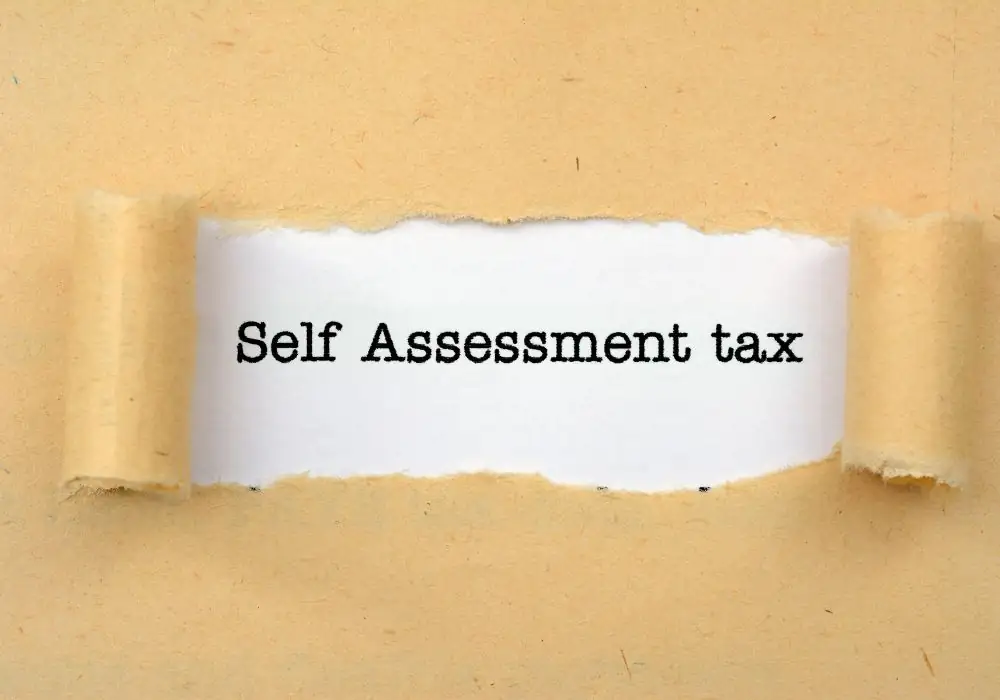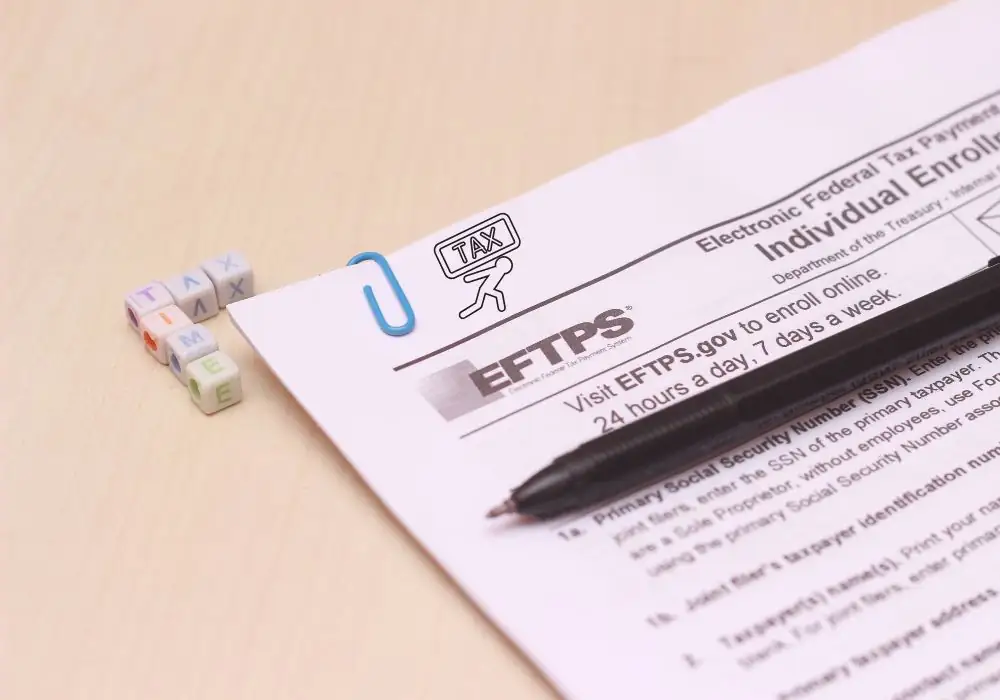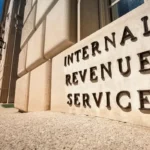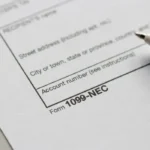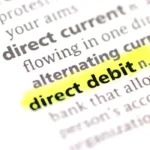- Why File a Self-Assessment?
- Who Needs to File?
- Registering with HMRC
- Gathering Your Records
- Understanding Deadlines
- Filling Out the Form
- Calculating Your Tax
- A Few Things To Avoid
- Claiming Tax Reliefs
- Filing Online vs. Paper
- Paying Your Tax Bill
- Keeping Records Post-Filing
- Staying Ahead for Next Year
- Why It’s Worth the Effort
- Summing It Up.
Filing a Self Assessment tax return. Daunting? Sure. Confusing? Sometimes. But completely manageable? Absolutely.
Whether you’re a freelancer, a small business owner, or someone with extra income, understanding the process is key.
This article will break it down. Step by step. No fuss. No overwhelming jargon. Just practical advice to help you tackle your tax return with confidence.
Why File a Self-Assessment?
HMRC (HM Revenue & Customs) requires a Self Assessment to track your income and calculate what you owe. Not just for the self-employed.
It’s for anyone with income outside a standard paycheck. Think rental income, investments, or side hustles.
The best part? Completing it accurately keeps you compliant and avoids penalties. Miss the deadline or make errors? Fines start at £100 and can grow. Why risk it?
Who Needs to File?
Not everyone needs to file a Self Assessment. But certain situations trigger it. Are you self-employed with income over £1,000? A partner in a business? Earning from property or investments? Or maybe you’ve got foreign income or capital gains? If any of these apply, you’re likely on HMRC’s radar.
Even high earners—those making over £100,000—or people claiming specific reliefs might need to file. Unsure? Check HMRC’s online tool. It takes five minutes.
Registering with HMRC
First off. Register with HMRC. New to self-employment? You’ll need a Unique Taxpayer Reference (UTR). This 10-digit number is your tax ID.
Sign up on HMRC’s website. Simple process. Takes about 10 days to get your UTR by post. Already registered? Skip this step. But double-check your details. Wrong address or outdated info? Delays happen.
Once registered, activate your online account. You’ll need your UTR and National Insurance number. Set up Government Gateway credentials.
This is your portal for filing, Secure and Straightforward. It’s worth noting that you keep your login details safe, so you don’t have to reset and lose time.
Gathering Your Records
The backbone of a smooth tax return? Solid record-keeping. You need clear, organized records of income and expenses. Bank statements.
Invoices & Receipts. Not only do these prove your income, but they also help claim allowable expenses. Think office supplies, travel costs, or professional fees.
For self-employed folks, this is gold. Deducting legitimate expenses lowers your taxable income. Less tax to pay. Who doesn’t want that?
No records? Big mistake. HMRC can challenge claims without evidence. Use spreadsheets or accounting software to track everything.
Apps like QuickBooks or Xero make it easier. Manual tracking works too. Just stay consistent. The goal? Have everything ready before you start filing.
Understanding Deadlines
Timing matters. Miss deadlines, and penalties stack up. For paper returns, the deadline is 31 October after the tax year ends.
Online filing? You get until 31 January. Most people file online. It’s faster. More flexible. Plus, HMRC’s system calculates your tax automatically.
Paying what you owe? Also due by 31 January. If you’re expecting a big tax bill, start saving early. Spreading payments through the year—called payments on account—can ease the burden. More on that later.
Registering late? You’ve got until 5 October in your business’s second tax year to notify HMRC. Miss it? Another fine. Mark these dates. Set reminders. Stay ahead.
Filling Out the Form
The Self Assessment form isn’t as scary as it looks. Break it down. You’re reporting income, expenses, and any tax reliefs. Key sections include:
- Income: Declare all earnings. Self-employment income, dividends, rental income, or interest. Be thorough. HMRC cross-checks with banks and employers.
- Expenses: Claim allowable costs. Not sure what qualifies? Check HMRC’s list. Office rent, yes. New clothes, no.
- Tax Reliefs: Pension contributions, charity donations, or specific reliefs like EIS investments. These can reduce your bill.
- Capital Gains: Sold assets like property or shares? Report gains here. Exemptions exist, so read up.
The best part? HMRC’s online system guides you, answers questions, and fills in boxes. It flags errors before submission. Still stuck? HMRC’s helpline or online guides are solid resources.
Calculating Your Tax
Once you submit, HMRC calculates your tax. Income tax, National Insurance, and sometimes capital gains tax.
Rates depend on your income bracket. For 2025-26, basic rate taxpayers pay 20% on earnings between £12,571 and £50,270.
Higher rate? 40% up to £125,140. Above that? 45%. Self-employed folks also pay Class 2 and Class 4 National Insurance.
Sounds complex? The online tool does the math. Just input accurate figures.
Got a big tax bill? Payments on account might apply. If you owe over £1,000 and less than 80% of your income was taxed at source, HMRC expects two payments a year—January and July. Budget for these. Avoid surprises.
A Few Things To Avoid
Errors happen. But they’re costly. Common pitfalls? Underreporting income. Forgetting expenses. Missing deadlines.
Not only do these trigger fines, but they also invite HMRC scrutiny. Double-check your numbers. Use accounting software for accuracy.
Another trap? Claiming non-allowable expenses. Personal costs like gym memberships don’t count. Business-related travel? That’s fine. When in doubt, check HMRC’s rules.
Pro tip: don’t rush. Filing early gives time to fix mistakes. Submitting on 30 January? Risky. One error, and you’re scrambling.
Claiming Tax Reliefs
Tax reliefs are your friend. They lower your bill. Pension contributions? Deductible. Gift Aid donations? Also deductible. Got losses from previous years? Carry them forward to offset this year’s tax.
Not only do reliefs save money, but they also reward smart financial planning. Research what applies to you. HMRC’s website lists dozens of reliefs. Don’t leave money on the table.
Filing Online vs. Paper
Online filing wins. It’s faster and more secure. And HMRC’s system catches errors. Paper forms? Slower. Prone to mistakes. Plus, you’ll need to calculate your own tax.
Why bother? Online filing also lets you save progress and return later. Perfect for busy schedules. Need to file by paper? Request forms early. Postage delays aren’t an excuse for missing deadlines.
Paying Your Tax Bill
Tax due by 31 January. Pay online, via bank transfer, or even by cheque. Online is easiest. Use your UTR as the reference.
Got a big bill? Set up a Time to Pay arrangement with HMRC. This spreads payments over months. Interest applies, but it’s better than penalties. Contact HMRC early to negotiate. They’re more flexible than you’d think.
Keeping Records Post-Filing
Filed your return? Great. But don’t toss those records. HMRC can investigate up to six years later. Keep invoices, bank statements, and receipts.
Digital copies work. Just ensure they’re accessible. Audits happen. Being prepared saves stress.
Staying Ahead for Next Year
Filed this year’s return? Start prepping for next year. Keep records from day one. Set aside money for taxes.
Monthly savings beat last-minute panic. Consider accounting software to streamline tracking. The best part? Staying organized now makes next year’s filing a breeze. Less stress. More control.
Why It’s Worth the Effort
Filing a Self Assessment isn’t just about compliance. It’s about taking charge of your finances. Knowing your income, expenses, and tax obligations empowers you.
Spotting deductions saves money. Avoiding penalties protects your wallet. The process teaches discipline. Financial clarity. And that’s invaluable.
Summing It Up.
Tackling your Self Assessment tax return. Not the most exciting task. But critical? Absolutely. Start early. Stay organized. Use HMRC’s tools.
Whether you’re a freelancer juggling gigs or a landlord managing properties, the process is the same. Clear records.
Accurate reporting. Timely filing. Got questions? HMRC’s resources or an accountant can help. The best part? Once it’s done, you’re free. Until next year. So, get started. Take control. Make tax season stress-free.

